That’s the refrain anyway.
But whose sex is sold? And to who? If it was simply that sex sold, we’d see men and women equally sexually objectified in popular culture. Instead, we see, primarily, women sold to (presumably heterosexual) men. So what are we selling, exactly, if not “sex” We’re selling men’s sexual subjectivity and women as a sex object. That is, the idea that men’s desires are centrally important and meaningful, and women’s are not (because women are the object to men’s subjectivity).
That women’s object status and men’s subjectivity is sold to women in women’s magazines (for example, Cosmo and Glamour always feature scantily clad women on the cover) in no way undermines the idea that men’s sexual subjectivity is being sold. It’s just that it’s being sold to all of us.
For example, if this ad was selling Tango with sex, they’d both end up naked in the fourth frame, no?
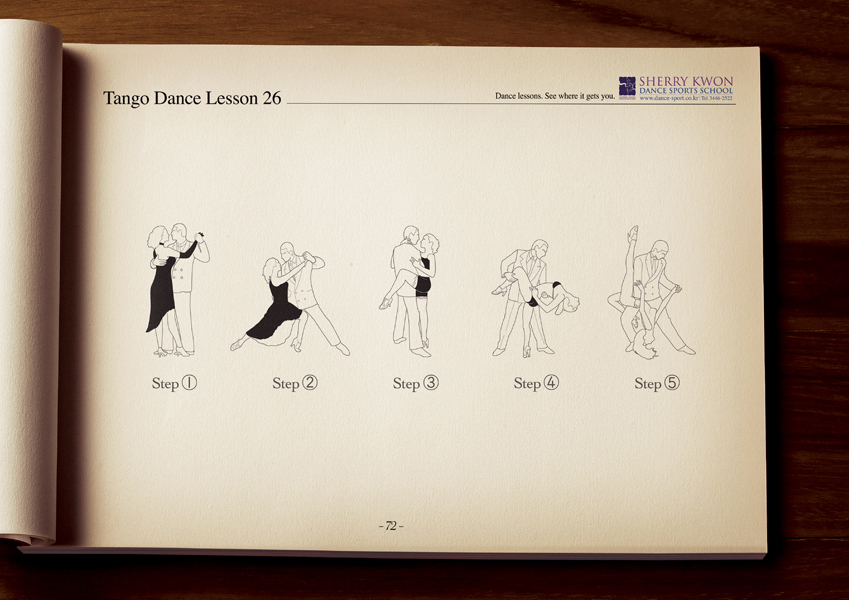
The new ad spots for M&Ms also illustrate this nicely. m&ms have been anthropomorphized in advertising for some time. There is only one female m&m and she is, by no accident, the green M&M. If you remember from elementary school, green is for horny. That, also, is no accident.
So male M&Ms come in multiple colors, flavors, shapes, and personalities, but female M&Ms are just sex objects.
In the Sports Illustrated Swimsuit Issue this year, M&Ms went with the theme (found here):
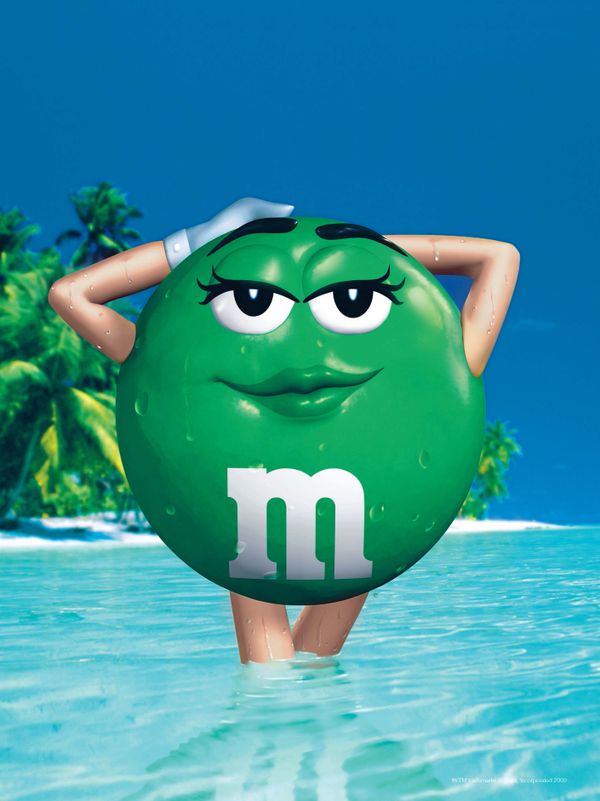
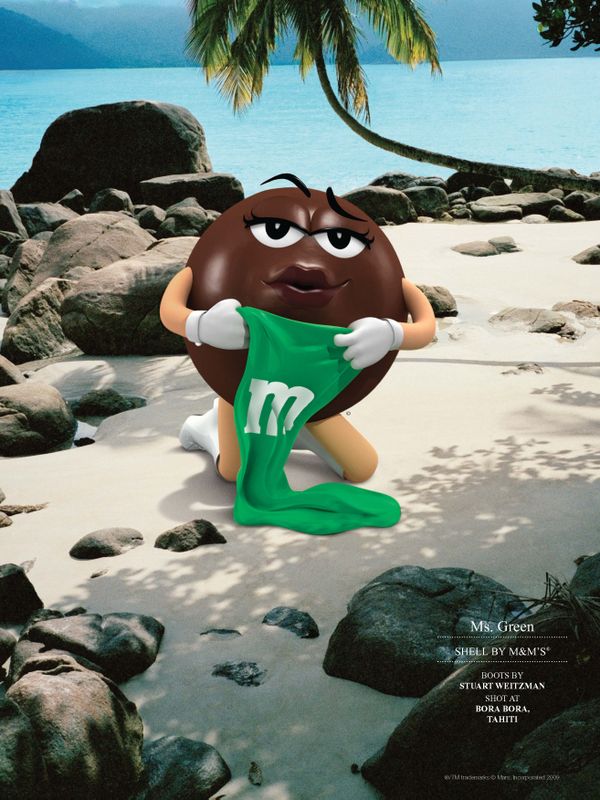
The ad campaign extended beyond Sports Illustrated:
[youtube]https://www.youtube.com/watch?v=LDoJNymbU1Q[/youtube]
[youtube]https://www.youtube.com/watch?v=ubChW7SLhKE[/youtube]
To sum, if it was simply “sex sells,” we’d see an even pattern of sexualization. But we don’t. More often than not, it is women who are sexualized. What is being sold, really, isn’t sex, but the legitimation and indulgence of (supposedly heterosexual) men’s sexual desires.
Kirsti M. alerted us to an M&M advertising campaign in Australia, where you could vote for your favorite color. All but one of the M&Ms are depicted as males (again, the female is Miss Green).
Here is a screenshot of the page for Red, a satirical take on a Marxist revolutionary:
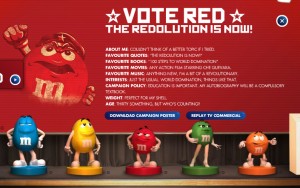
Some highlights from the text:
Favorite quotes: “The revolution is now!”
Favorite books: “100 Steps to World Domination”
Weight: “Perfect for my shell”
A poster:
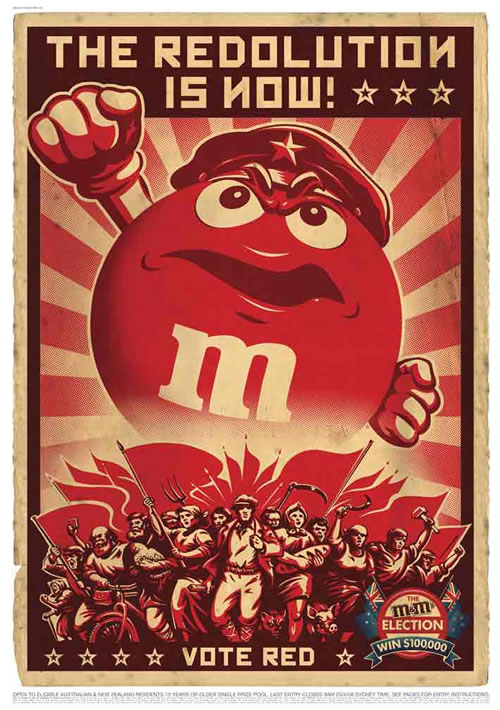
Here is a screenshot of the page for Miss Green (notice the others aren’t Mr. Blue or Mr. Red; only the female M&M has a title):
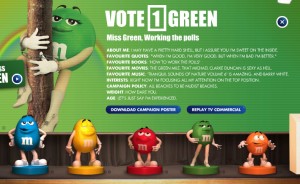
Highlights from the text:
Miss Green, working the polls.
About me: I may have a pretty hard shell, but I assure you I’m sweet on the inside.
Favorite quotes: “When I’m good, I’m very good, but when I’m bad I’m better.”
Favorite books: “How to Work the Polls”
Interests: Right now I’m focusing all my attention on the top position.
Campaign policy: All beaches to be nude beaches.
Age: Let’s just say I’m experienced.
A poster:
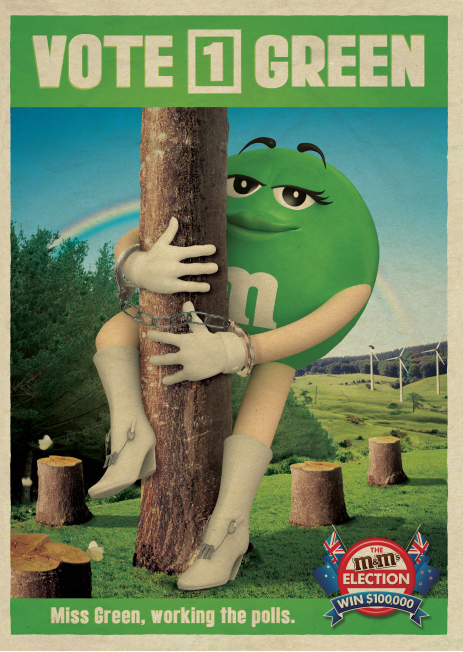
So again we see the sexualization of the female M&M (she’s “experienced,” focusing on the “top position,” she’s “working the polls” while wrapping her go-go-boot-clad legs around a tree in the manner of a stripper on a stripper pole, her arms and legs are much longer and thinner than the other M&Ms’ are).
In this vintage ad (1970s?), it is clear that it is his “plans” for her that are being appealed to:
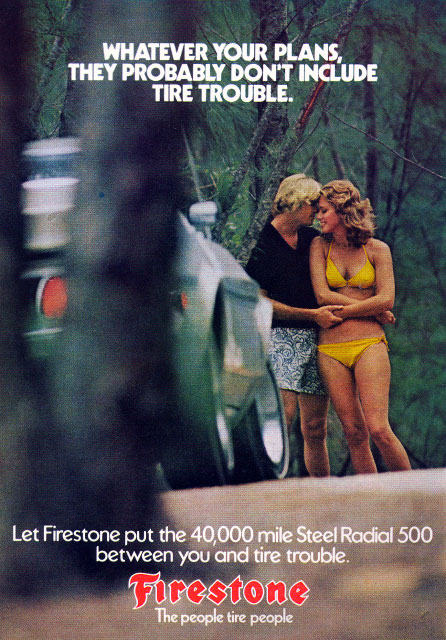
NEW! These ads for hearing aids are apparently aimed at men only:
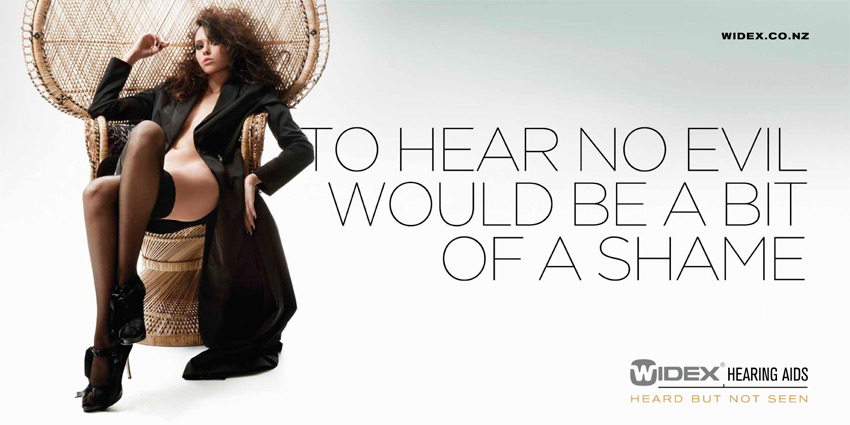

Other great examples include these posts with ads promoting organ donation, an air conditioning technical school, selling pasta, vegetarianism, aviation, cars, war, travel, dentistry, food, more food, houses, and mortgages. (To see the reverse dynamic, click here and here.)
Lisa Wade, PhD is an Associate Professor at Tulane University. She is the author of American Hookup, a book about college sexual culture; a textbook about gender; and a forthcoming introductory text: Terrible Magnificent Sociology. You can follow her on Twitter and Instagram.

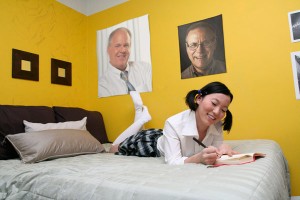

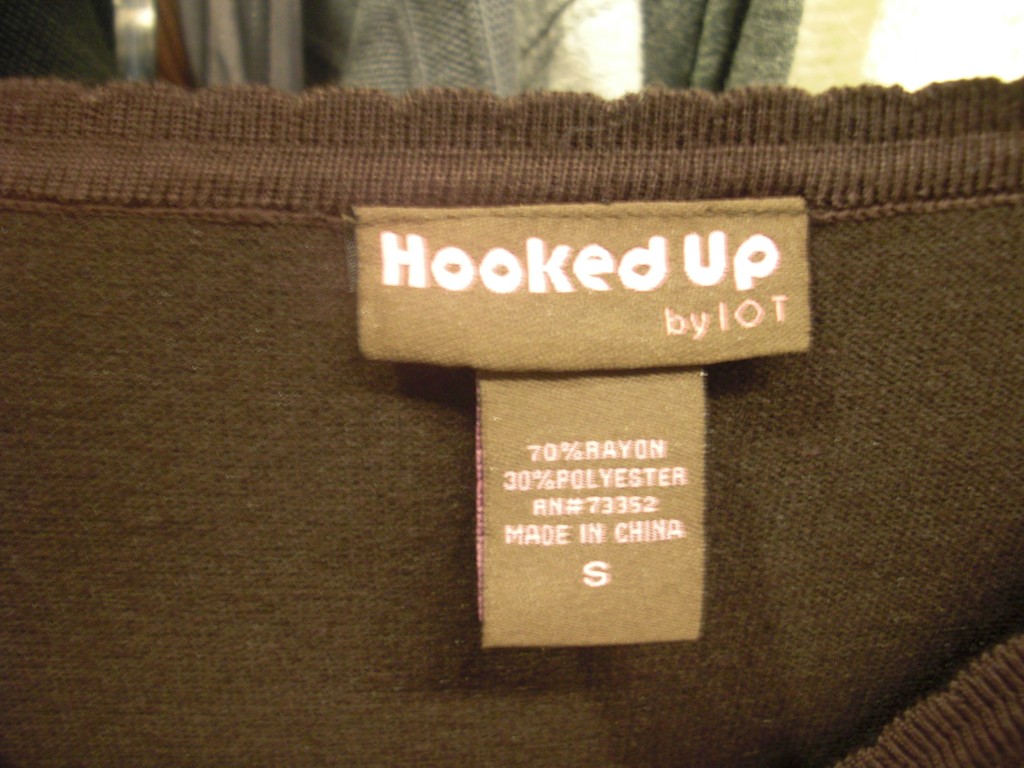
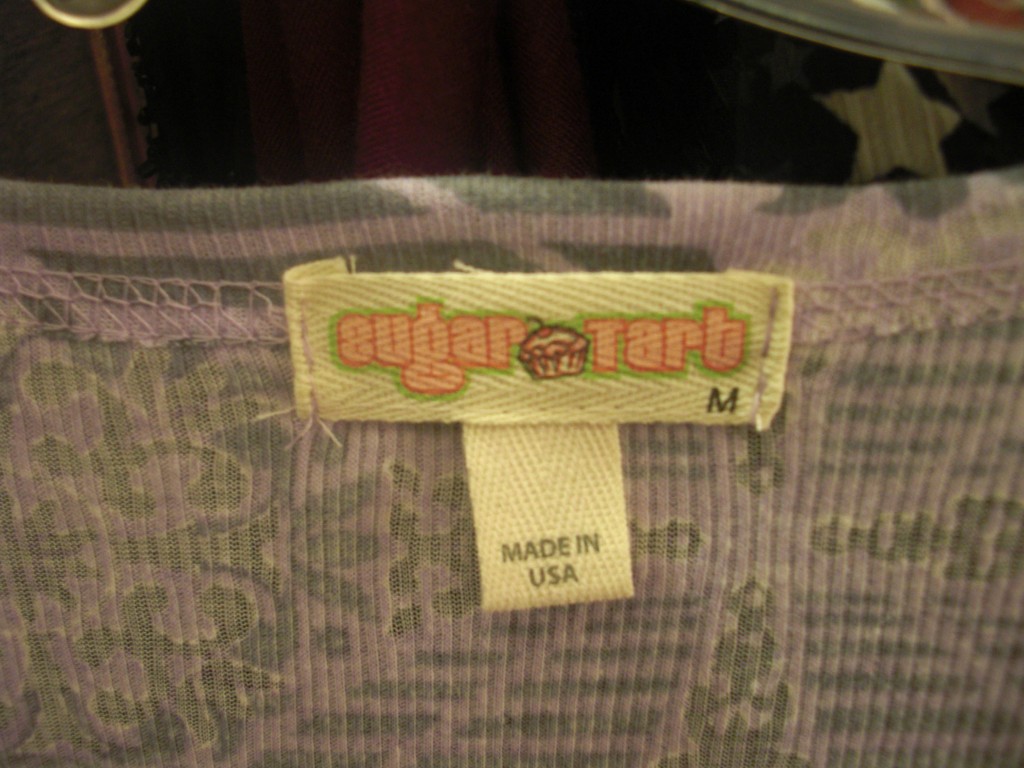
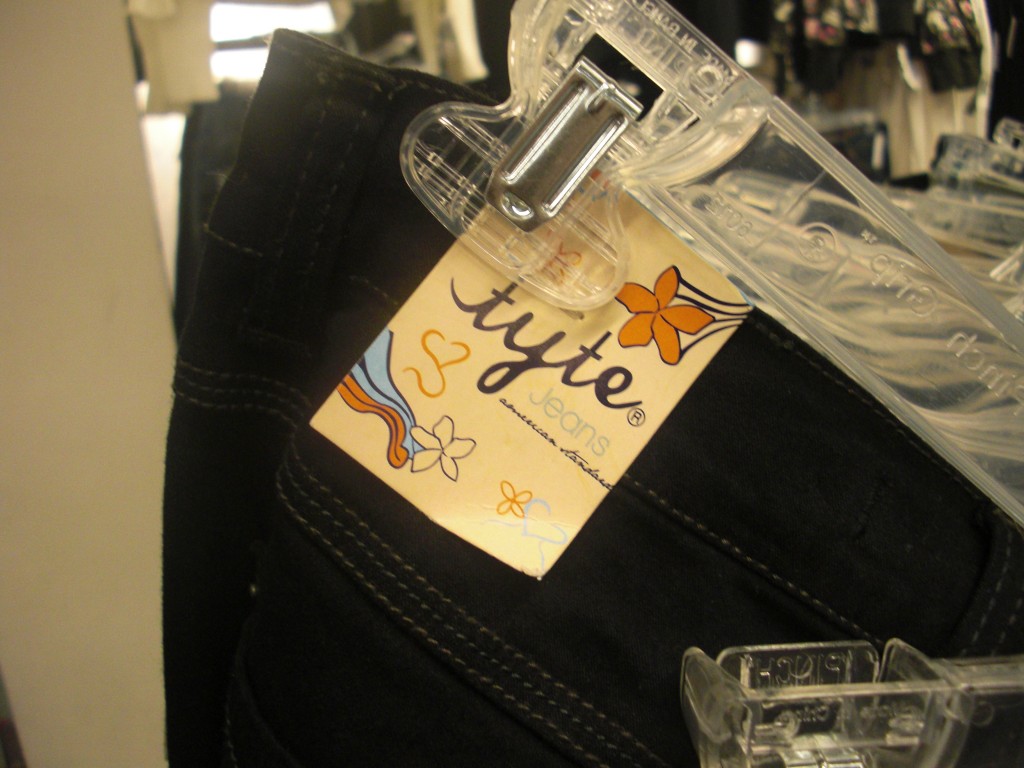



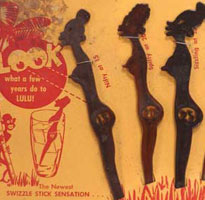
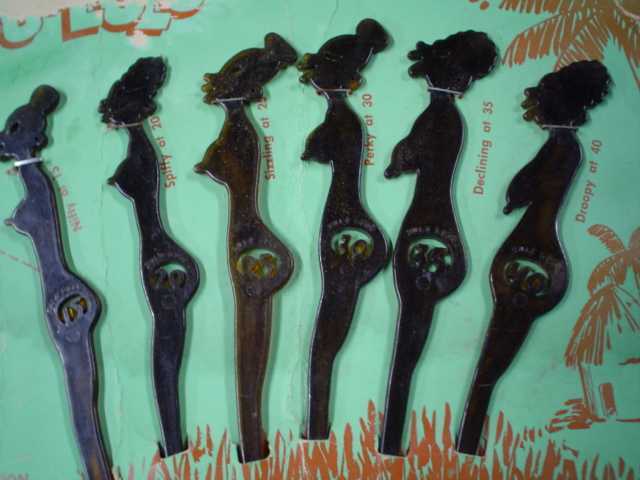
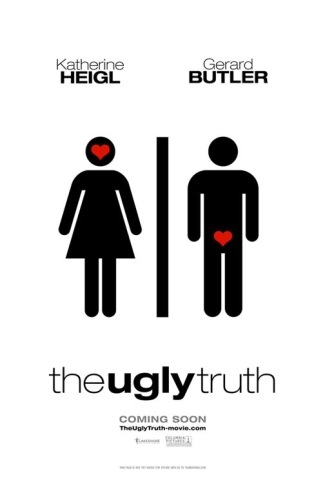 Amanda at Pandagon offers
Amanda at Pandagon offers